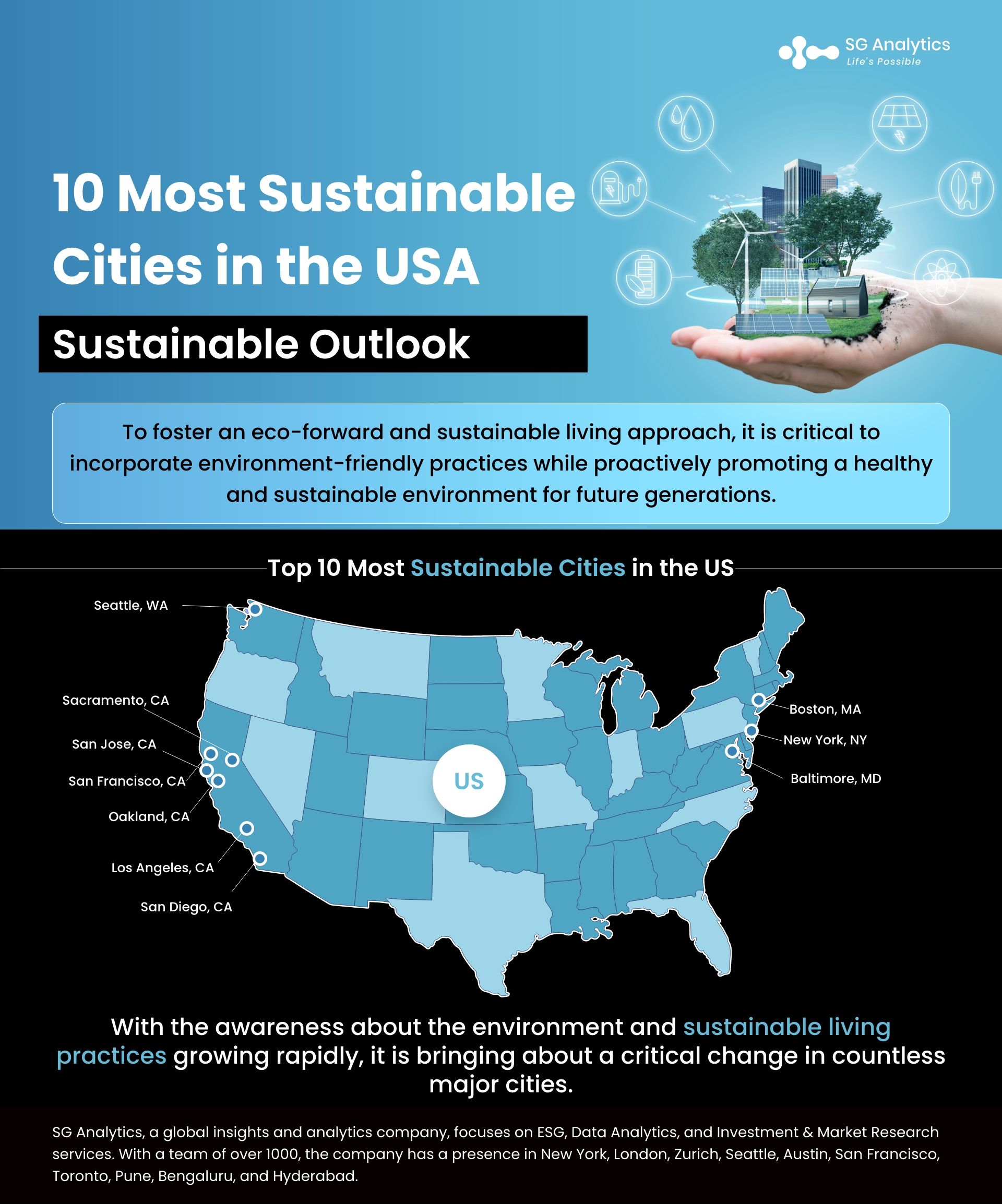Climate change, pollution, deforestation, decreased biodiversity, water scarcity, and related socioeconomic crises suggest that the world population needs to realize the meaning of sustainable living. For example, carbon reduction can begin with a multistakeholder, conscious effort towards saving energy.
All stakeholders must work together to achieve comparable ends outlined in the UN’s sustainable development goals (SDGs). This post discusses practical tips to help you reduce your carbon footprint as a contribution to a healthier planet through sustainable living.
What is Sustainable Living?
Sustainable living is a life attitude that reduces an individual’s or the society’s use of the Earth’s natural resources and personal assets. It leads to minimalist lifestyle choices and eco-centric practices that decrease your actions’ adverse environmental impact. Therefore, you can promote preserving and protecting available resources to ensure a reasonable living standard for future generations’ welfare.
The core principle of sustainable living focuses on living harmoniously with the environment. In other words, your modern, materialistic lifestyle must change since it harms everyone’s efforts to protect future generations’ interests.
Simultaneously, the corporate world must recreate SDG-compliance successes that most sustainable companies have demonstrated. Besides, lawmakers have several opportunities to devise legally enforceable frameworks to help you and businesses discourage the exploitation of Earth’s precious offerings.
Tips for Reducing Your Carbon Footprint via Sustainable Living
1| Individuals and Corporations Must Embrace Clean Energy
Solar power, geothermal, or wind are alternative renewable energy sources that can help you fulfill your energy needs with a negligible carbon footprint. In developed nations, you can buy direct solar or a renewable energy plan from a power company. Without these options, individuals will rely on conventional, non-renewable energy resources, contributing to carbon emission increments worldwide. So, governments and enterprises must deliver the necessary infrastructure. Likewise, avoiding fossil fuels or limiting their usage facilitates carbon footprint reduction.
2| Reduce, Reuse, Recycle, Redesign, and Reshare
Reduce carbon footprint through responsible consumption. For instance, use reusable polymers or natural materials instead of single-use plastics. While you can adopt this approach through cloth shopping bags, metal straws, or glass containers, businesses must deliver eco-friendly packaging.
No stakeholder, be it an individual, an enterprise, or an administrative institution, must cause irresponsible waste disposal. Instead, they must support advanced research, development, and green design innovation for goods many can share and reuse to advocate sustainable living principles.
3| Control Meat and Dairy Consumption
Both meat and dairy are resource-intensive in production, contributing a significant share of greenhouse gases. As a result, individuals must try to reduce meat and dairy products from their daily diet by consuming them just a couple of days a week. At the same time, they must increase their number of plant-based meals.
Similarly, businesses must prioritize collaborating with local, organic farm owners. Regulators can create a transparent ecosystem to address their transactional relationship based on aggregate profit sharing. Involved terms and conditions could necessitate limited use of chemical pesticides and growth agents.
Conclusion
Reducing carbon footprint continues to pose challenges, as specific groups still need more evidence to prove the legitimacy of green, SDG-focused developmental efforts. Therefore, individuals, organizations, and governments must address misinformation about sustainable living through appropriate channels. They must educate stakeholders on how a small lifestyle change can assist in preserving Mother Earth’s beautiful, irreplaceable gifts, like vast forests, fresh air, and consumable water.
When you consciously embrace all the above practical tips based on sustainable living principles, you can reduce your carbon footprint. Undoubtedly, every stakeholder’s commitment to preserving the environment for future generations is the much-needed course correction attitude for this era.




